JAVA中如何读取src下所有的properties文件?
Posted
tags:
篇首语:本文由小常识网(cha138.com)小编为大家整理,主要介绍了JAVA中如何读取src下所有的properties文件?相关的知识,希望对你有一定的参考价值。
1.使用java.util.Properties类的load()方法
示例:
//文件在项目下。不是在包下!!
InputStream in = new BufferedInputStream(new FileInputStream("demo.properties")) ;
Properties p = new Properties();
p.load(in) ;
String className2 = p.getProperty("database.driver");
String url = p.getProperty("database.url");
String user = p.getProperty("database.user");
String password = p.getProperty("database.pass");
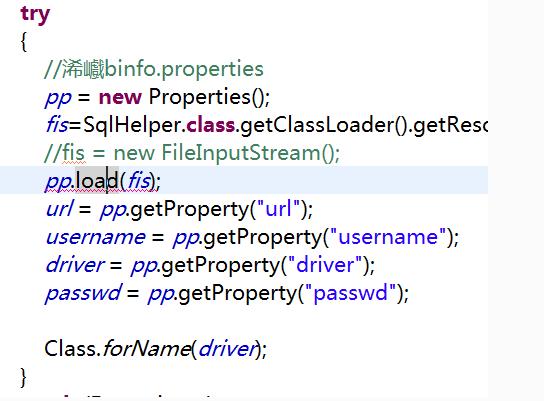
2. 使用java.util.Resourcebundle类的getbundle()方法
//前面没有“/”代表当前类的目录
示例:
//文件和类在同一个包下,注意它的文件名和后缀!!是调换的,
ResourceBundle resource = ResourceBundle.getBundle("properties.jdbc");
String className = resource.getString("database.driver");
String url = resource.getString("database.url");
String user = resource.getString("database.user");
String password = resource.getString("database.pass");
3.使用java.util.PropertyResourceBundle类的构造函数
示例:
// 文件在项目下 或者 src/demo.properties
// 在 src/demo.properties 写成 new FileInputStream("src/demo.properties")
InputStream in = new BufferedInputStream(new FileInputStream("demo.properties"));
ResourceBundle rb = new PropertyResourceBundle(in) ;
String className4 = rb.getString("database.url");
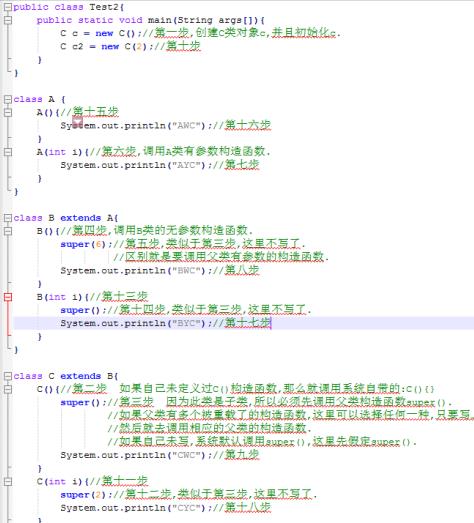
4.使用class变量的getresourceasstream()方法
示例:
InputStream in =Properties.class.getResourceAsStream("/properties/jdbc.properties");
// 包点类名下的。
// 如果找不到带有该名称的资源,则返回 null
Properties p = new Properties();
p.load(in);
System.out.println(p.getProperty("database.url"));
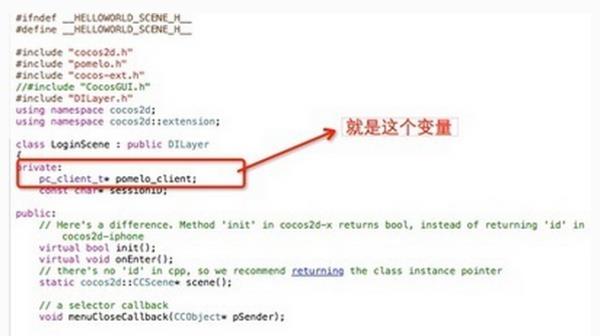
5.使用class.getclassloader()所得到的java.lang.classloader的getresourceasstream()方法
// properties 文件 要放在src下面,否则找不到啊
示例:
InputStream in = 类名.class.getClassLoader().getResourceAsStream("jdbc.properties");
Properties p = new Properties() ;
p.load(in);
System.out.println(p.getProperty("database.pass"));
6.使用java.lang.classloader类的getsystemresourceasstream()静态方法
示例:
// 同包名下
InputStream in = ClassLoader.getSystemResourceAsStream("properties/jdbc.properties");
Properties p = new Properties() ;
p.load(in) ;
System.out.println(p.getProperty("database.user"));

总结:如果是 在WEB上读取properties文件,写成下面这种。上面写的那些只在 JavaSE 中
String path = Thread.currentThread().getContextClassLoader().getResource("").getPath();
System.out.println(path);
InputStream in = new FileInputStream(new File(path+File.separator+"mysql.properties"));
Properties prop = new Properties();
InputStream in = getClass().getResourceAsStream("资源Name");这种方式要求properties文件和当前类在同一文件夹下面。如果在不同的包中,必须使用:
InputStream ins = this.getClass().getResourceAsStream("/cn/zhao/properties/testPropertiesPath2.properties");
Java中获取路径方法
获取路径的一个简单实现
反射方式获取properties文件的三种方式
1 反射方式获取properties文件最常用方法以及思考:
Java读取properties文件的方法比较多,网上最多的文章是"Java读取properties文件的六种方法",但在Java应用中,最常用还是通过java.lang.Class类的getResourceAsStream(String name) 方法来实现,但众多读取properties文件的代码中,都会这么做:
InputStream in = getClass().getResourceAsStream("资源Name");
这里面有个问题,就是getClass()调用的时候默认省略了this,this是不能在static(静态)方法或者static块中使用的,原因是static类型的方法或者代码块是属于类本身的,不属于某个对象,而this本身就代表当前对象,而静态方法或者块调用的时候是不用初始化对象的。
问题是:假如不想让某个类有对象,那么会将此类的默认构造方法设为私有,当然也不会写别的共有的构造方法。并且我这个类是工具类,都是静态的方法和变量,要在静态块或者静态方法中获取properties文件,这个方法就行不通了。
其实这个类就不是这么用的,他仅仅是需要获取一个Class对象就可以了,那就容易了,
取所有类的父类Object,用Object.class比用正在写类自身方便安全,下面给出一个例子,以方便交流。
import java.util.Properties;
import java.io.InputStream;
import java.io.IOException;
/**
* 读取Properties文件的例子
* File: TestProperties.java
* User: leizhimin
* Date: 2008-2-15 18:38:40
*/
public final class TestProperties
private static String param1;
private static String param2;
static
Properties prop = new Properties();
InputStream in = Object. class .getResourceAsStream( "/test.properties" );
try
prop.load(in);
param1 = prop.getProperty( "initYears1" ).trim();
param2 = prop.getProperty( "initYears2" ).trim();
catch (IOException e)
e.printStackTrace();
/**
* 私有构造方法,不需要创建对象
*/
private TestProperties()
public static String getParam1()
return param1;
public static String getParam2()
return param2;
public static void main(String args[])
System.out.println(getParam1());
System.out.println(getParam2());
运行结果:
151
152
当然,把Object.class换成int.class也行。
另外,如果是static方法或块中读取Properties文件,还有一种最保险的方法,就是这个类的本身名字来直接获取Class对象,比如本例中可写成TestProperties.class,这样做是最保险的方法。
2 获取路径的方式:
File fileB = new File( this .getClass().getResource( "" ).getPath());
System. out .println( "fileB path: " + fileB);
2.2获取当前类所在的工程名:
System. out .println("user.dir path: " + System. getProperty ("user.dir"))<span style="background-color: white;">3 获取路径的一个简单的Java实现</span>
/**
*获取项目的相对路径下文件的绝对路径
*
* @param parentDir
*目标文件的父目录,例如说,工程的目录下,有lib与bin和conf目录,那么程序运行于lib or
* bin,那么需要的配置文件却是conf里面,则需要找到该配置文件的绝对路径
* @param fileName
*文件名
* @return一个绝对路径
*/
public static String getPath(String parentDir, String fileName)
String path = null;
String userdir = System.getProperty("user.dir");
String userdirName = new File(userdir).getName();
if (userdirName.equalsIgnoreCase("lib")
|| userdirName.equalsIgnoreCase("bin"))
File newf = new File(userdir);
File newp = new File(newf.getParent());
if (fileName.trim().equals(""))
path = newp.getPath() + File.separator + parentDir;
else
path = newp.getPath() + File.separator + parentDir
+ File.separator + fileName;
else
if (fileName.trim().equals(""))
path = userdir + File.separator + parentDir;
else
path = userdir + File.separator + parentDir + File.separator
+ fileName;
return path;
4 利用反射的方式获取路径:
InputStream ips1 = Enumeration . class .getClassLoader() .getResourceAsStream( "cn/zhao/enumStudy/testPropertiesPath1.properties" );
InputStream ips2 = Enumeration . class .getResourceAsStream( "testPropertiesPath1.properties" );
InputStream ips3 = Enumeration . class .getResourceAsStream( "properties/testPropertiesPath2.properties" ); 参考技术B
Java读取properties文件的方法比较多;
在最常用的读取properties文件的方式--->“通过java.lang.Class类,
getResourceAsStream(String name) 方法来实现”;
代码:InputStream in = getClass().getResourceAsStream("资源Name").
Java是由Sun微系统公司所发展出来的程序语言,它本身是一种对象导向(Object-Oriented)的程序语言。JAVA目前在手机上应用最多的就是JAVA游戏。
* 读取配置文件
*/
private Properties loadProperty()
Properties prop=new Properties();
try
// FileInputStream is=new FileInputStream("config.properties");
InputStream is=this.getClass().getResourceAsStream("/config.properties");
prop.load(is);
is.close();
catch (IOException e)
e.printStackTrace();
return prop;
/**
* 保存修改后的配置文件
*/
public void saveProperty() throws IOException
// FileOutputStream fos=new FileOutputStream("config.properties");
OutputStream fos=new FileOutputStream(this.getClass().getResource("/config.properties").getPath());
prop.setProperty(SERVER_PATH,serverPath);
prop.setProperty(UPDATE_FILE_NAME, updateFileName);
prop.setProperty(SOURCE_FILE_NAME, sourceFileName);
prop.setProperty(SOURCE_PATH, sourcePath);
prop.setProperty(VERSION_NAME, versionName);
prop.setProperty(VERSION_CODE, versionCode);
prop.setProperty(CONTAIN_CODE, String.valueOf(containCode));
DateFormat df=new SimpleDateFormat("yyyy-MM-dd HH:mm:ss");
prop.store(fos, df.format(new Date()));
追问
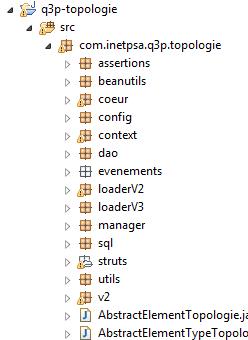
比如我输入的参数为 "q3p-topologie/src" ,如何能得到src下面所有properties文件的路径?因为我后面要读取这些properties文件。
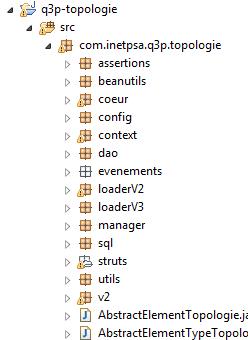
你快去百度一下怎么用.嘿嘿
2017年8月14日 22:55:18
Java web 项目读取src或者tomcat下class文件夹下的xml文件或者properties文件
//生成一个文件对象:
File file = new File(getClass().getClassLoader().getResource("test.xml").getPath());
//直接得到一个输入流:
InputStream in = getClass().getClassLoader().getResourceAsStream("test.xml");
//在当前线程获取--这种方法不大稳定
//String path = Thread.currentThread().getContextClassLoader().getResource("").getPath()+"/test.xml";
//推荐使用此方法
String path = getClass().getClassLoader().getResource("test.xml").getPath();以上是关于JAVA中如何读取src下所有的properties文件?的主要内容,如果未能解决你的问题,请参考以下文章
Java web 项目读取src或者tomcat下class文件夹下的xml文件或者properties文件